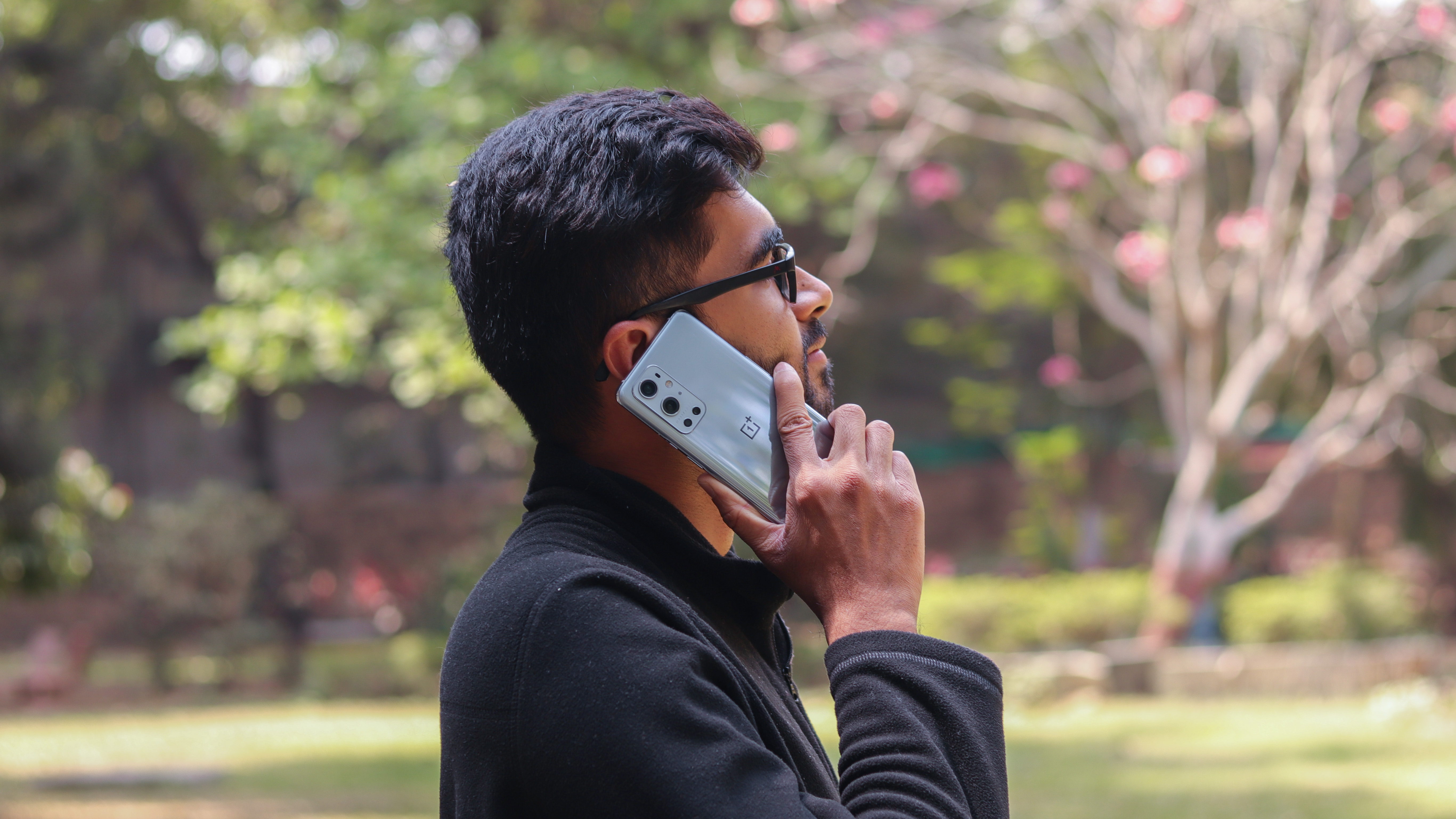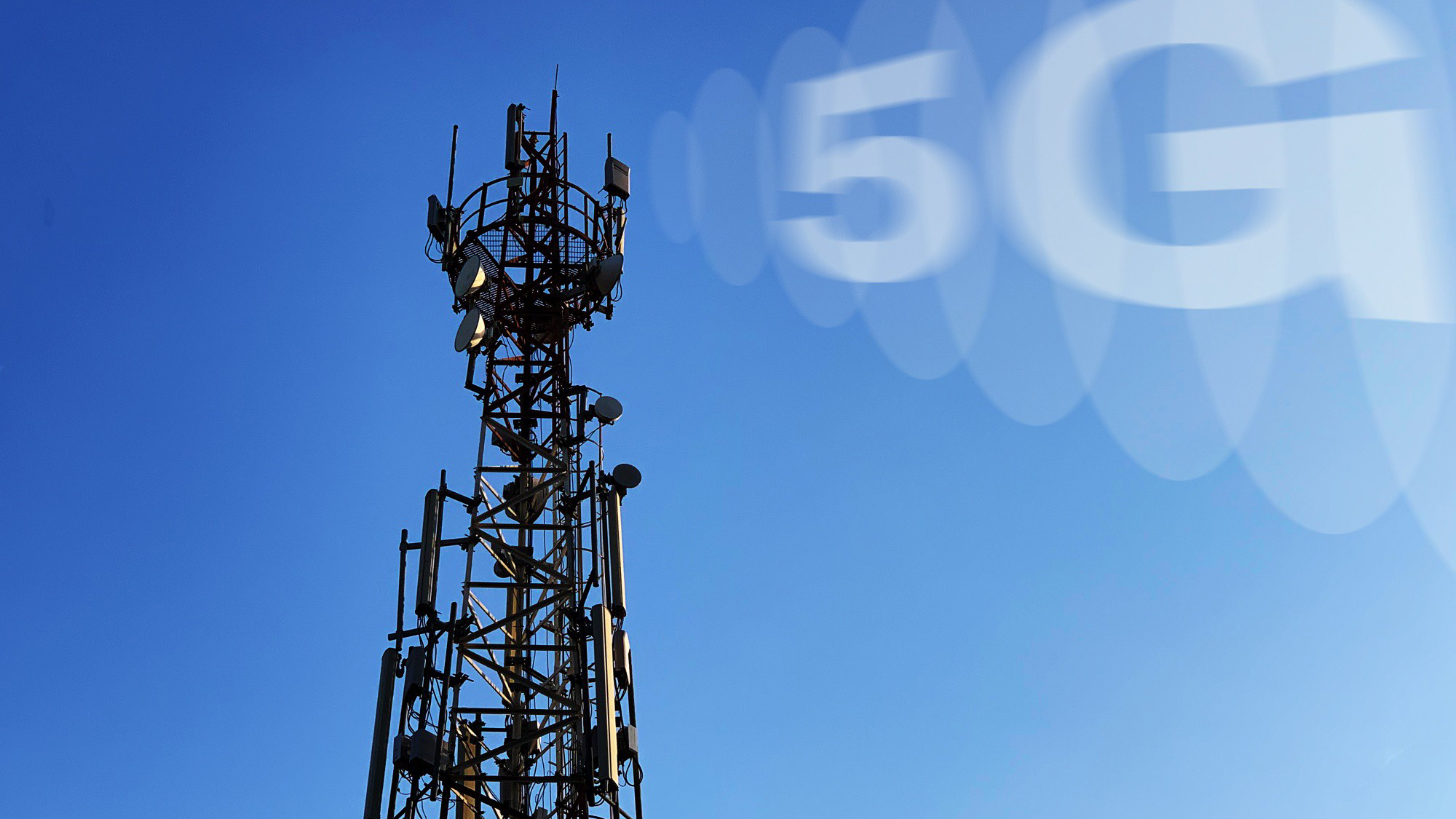Why the OnePlus 9 series does not support many 5G bands in India
OnePlus comes clean with an explanation

The OnePlus 9 series marked the company’s entry into the ultra-premium smartphone market with three new devices. While the devices were great for the most part, one specification stood out like a sore thumb — 5G band support.
The Indian variants of the OnePlus 9 Pro, OnePlus 9 and OnePlus 9R only support a handful of 5G bands in the country, whereas their global counterparts have a much more exhaustive selection. This led consumers to worry if their shiny new phone would become obsolete when 5G networks are deployed in India.

This feature includes inputs from Ramagopala Reddy, Vice President, OnePlus India R&D.
OnePlus maintained that it shouldn’t be a worrisome topic as it had chosen the bands based on priority and their conversations with operators; all of which point towards the mid-bands being the chosen operational frequency.
Networks function over waves, just like other forms of wireless transmission. A wave with a higher frequency can carry a lot more data but has a difficult time penetrating walls or cover a larger service area. On the other hand, low-frequency networks do not bring significant upgrades in terms of transmission rates but have a stronger reception over a larger area. Even 5G networks have to go through this balancing act to find the optimum tradeoffs between speed and coverage.
Low band 5G (450 MHz-1GHz) has excellent coverage but the throughput rates are just above 4G levels, whereas high band 5G, also known as mmWave (24 GHz-52 GHz), has incredible speeds but the coverage area and signal strength are very limited. Thus, network operators around the world choose to function in the mid-band spectrum (1 GHz-7GHz), balancing coverage and data throughput (via EXFO).
| Type | Low band | Mid band | High band |
|---|---|---|---|
| Spectrum | 450 MHz-1 GHz | 1 GHz-7 GHz | 24 GHz-52 GHz |
| Coverage | High | Medium | Low |
| Speed | Low | Medium | High |
Here’s what OnePlus’ current 5G smartphone lineup looks like: the premium OnePlus 9 and 9 Pro support the n41 (2496 MHz – 2690 MHz) and n78 (3300 MHz – 3800 MHz) bands, followed by the OnePlus 9R and Nord, which support only the n78 band. We don’t know yet which bands will be present on the upcoming OnePlus Nord CE, but by the looks of it, it shouldn’t be too different from the existing devices. For reference, in the US, the OnePlus 9 Pro supports the n1, 2, 3, 5, 7, 8, 25, 28, 38, 40, 41, 48, 66, 71, 77, 78 bands.
With that in mind, we talked to Ramagopala Reddy, Vice President, OnePlus India R&D, to understand why the OnePlus 9 series offers such a “limited” selection of 5G bands in India and its implications once the network is ready.
Get daily insight, inspiration and deals in your inbox
Sign up for breaking news, reviews, opinion, top tech deals, and more.
- OnePlus 9 Pro review
- OnePlus 9 series will not get additional 5G bands via update
- Exclusive: OnePlus Nord CE 5G is official, and it’ll be cheaper than a OnePlus 9
Based on your conversations with Indian telcos, when do you think 5G will roll out in India?
Ramagopala Reddy: The Department of Telecommunications has given the green signal to Indian operators to begin 5G trials in India. However, with recent reports of a delay, we are monitoring the situation carefully.
Though the timeline of the 5G rollout is yet to be established, it is known that network support for phones and demands of local carriers vary from region to region. We are closely monitoring developments and working in tandem with local carriers to ensure suitable support for 5G technology on our devices, making them future-ready for a seamless transition to 5G.
Rest assured, we will be ready for 5G when India is ready for 5G.
Why did OnePlus decide to not offer all 5G bands in all regions? What about users who plan on travelling abroad?
RR: OnePlus’ choice of 5G bands for its devices resulted from having worked closely with local carriers, as well as forecasting immediate 5G needs based on current developments. Working with local carriers has shown us that while 5G is yet to be rolled out and guidelines are yet to be set by carriers, the mid-bands offer the best coverage and download speeds for an uninterrupted 5G experience.
The usage of the mid-bands also translates to OnePlus users being able to enjoy an uninterrupted 5G experience while travelling abroad. Equipped with the n78 and n41 bands, our users will be able to enjoy a burdenless 5G experience outside of India via a 5G roaming service co-provided by India and local carriers, or with a local 5G sim card on supported 5G bands.
Meanwhile, we will keep working closely with Indian carriers to monitor regional developments and continue improving our product and service so that OnePlus users can enjoy a fast and smooth 5G experience.
| Device | 5G bands |
|---|---|
| OnePlus 9 Pro | n78, n41 |
| OnePlus 9 | n78, n41 |
| OnePlus 9R | n78 |
| OnePlus Nord | n78 |
| OnePlus Nord CE | TBA |
Is adding 5G bands via OTA possible? Not just for OnePlus, but for Snapdragon 8 series phones in general.
RR: No. Adding 5G bands is dependent on RF design. Adding 5G bands via software updates is not possible if it is not supported by pre-existing hardware.
If India happens to function 5G over some other bands, what happens to the OnePlus 9 series (and users) at that point?
RR: In several countries, including India, there is extensive authorization required from regulatory bodies such as TRAI and COAI to determine the freeing up of mmWave frequency bands. From setting up regulations and guidelines for the deployment of such networks, restrictions to spectrum auctions, there are several limitations involved.
In this scenario, research has shown that most regions, including India, will most likely be deploying 5G networks limited to bands below 6 GHz in the initial stages of the 5G rollout. Recently authorized 5G trials in India have been led by the sub-6 bands, seeing as mmWave has witnessed extremely limited implementation worldwide.
Having carefully considered and chosen these mid-bands, understanding their importance for the immediate rollout of the technology, we have ensured that our devices are equipped to facilitate an uninterrupted experience from the get-go.

Why did you settle on the n78 band for India? How are these decisions made? Because very few other premium brands have done such customization for India.
RR: OnePlus has conducted extensive research and closely monitored developments with local carriers to prioritize the chosen 5G bands. This has also led us to learn that most commercial networks are majorly relying on the 3.3-3.8 GHz range, with most devices that are 5G ready, being designed for the same.
In India, seeing as 5G is not yet ready and we don’t have actual guidelines with carriers on products, OnePlus has more flexibility on the choice of 5G bands. OnePlus’ choice of 5G bands has been a careful consideration to ensure that consumers can avail this technology from the day of its launch.
As a premium smartphone brand with a global footprint, we understand the needs and wants of our customers. Working closely with world-class network operators across Europe, Middle East and Southeast Asia for enabling 5G network capabilities, the India R&D team is also trying to carry out detailed studies and field testing to ensure seamless performance.
What can we expect from OnePlus in the future, once 5G is more mature?
RR: Here at OnePlus, 5G has always been a top priority in our product strategy, which we identified early on, invested in, and continue to develop by working hand-in-hand with key industry stakeholders. We are also actively engaging with Indian telecom operators to study regional developments and will continue to work towards developing products that will enable users to enjoy a fast and smooth 5G experience.
We believe that 5G technology will enable a truly swift experience that will allow users to maximize smartphone usage, be it for communication, gaming, health or even a seamlessly connected IoT ecosystem
You shouldn't be worried
OnePlus isn’t the only smartphone company to do so. Even the Xiaomi Mi 11X series and other competitively-priced devices have resorted to similar measures to potentially keep the costs and optimization efforts low. For now, it seems like these devices will be able to support 5G eventually — unless India decides to operate in other less-than-ideal frequencies, which is rather unlikely. For travellers too, band support should not be a major point of contention, as other countries with somewhat mature 5G deployment have also focussed on similar mid-band spectrums.
Aakash is the engine that keeps TechRadar India running, using his experience and ideas to help consumers get to the right products via reviews, buying guides and explainers. Apart from phones, computers and cameras, he is obsessed with electric vehicles.

